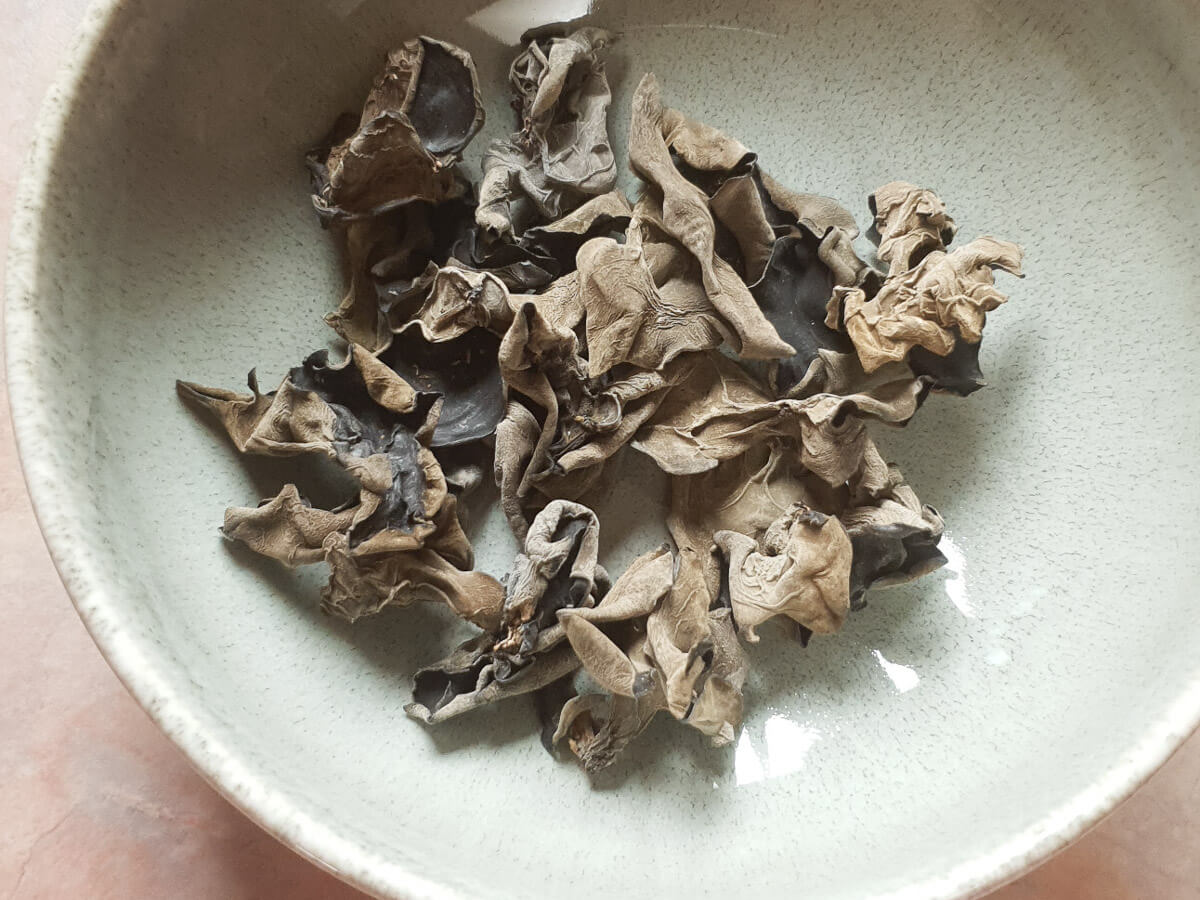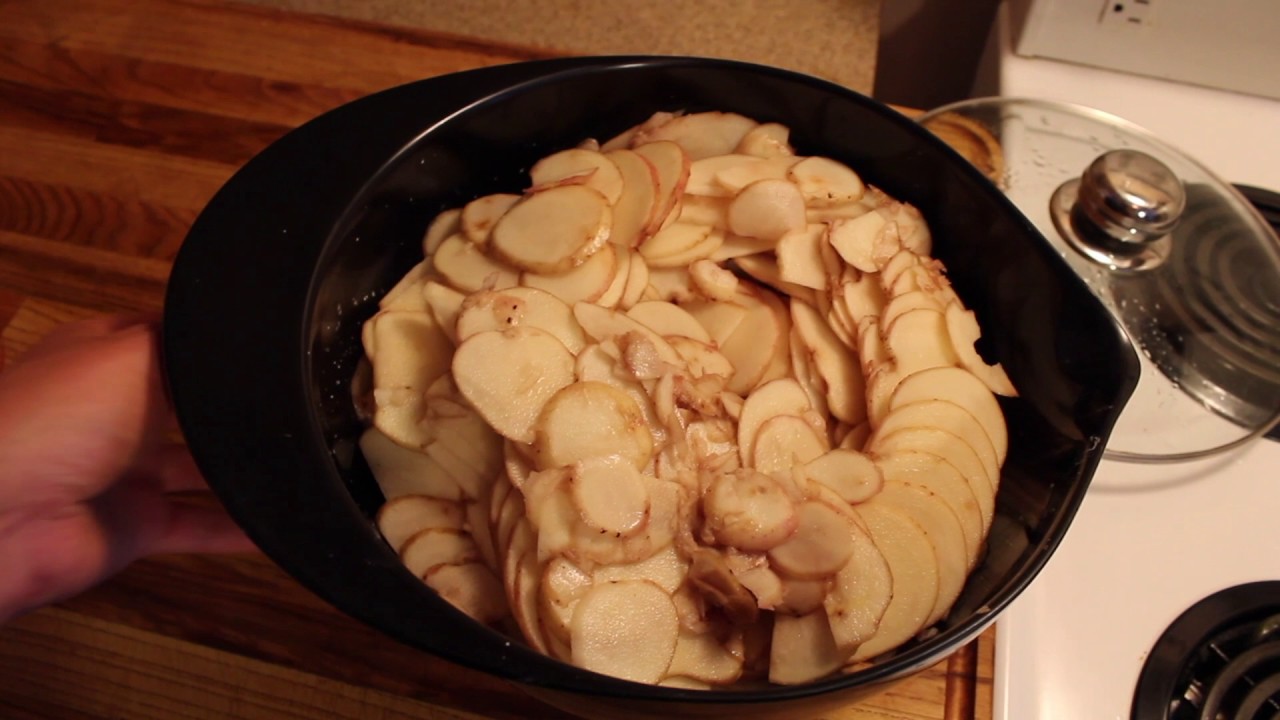Dehydrating Tomato Soup: A Delicious and Convenient Way to Preserve
Tomato soup is a classic comfort food that many people enjoy year-round. It’s warm, flavorful, and versatile, making it a staple in many households. But what if you could enjoy the delicious taste of tomato soup anytime, anywhere, without the need for refrigeration? Dehydrating tomato soup is a simple and effective way to preserve this beloved dish for long-term storage.
Why Dehydrate Tomato Soup?
Dehydrating tomato soup offers several benefits, including:
- Extended shelf life: Dehydrating tomato soup removes the moisture, preventing the growth of bacteria and mold, and extending its shelf life.
- Convenience: Dehydrated tomato soup is lightweight and compact, making it an ideal option for camping, hiking, and other outdoor activities.
- Reduced storage space: By removing the water content, dehydrated tomato soup takes up significantly less space than its liquid counterpart, making it easier to store and transport.
How to Dehydrate Tomato Soup
Dehydrating tomato soup is a straightforward process that can be done using a food dehydrator or an oven. Here’s a simple step-by-step guide:
- Prepare the tomato soup: Start by making a batch of your favorite tomato soup. You can use a homemade recipe or a store-bought mix.
- Simmer the soup: Heat the tomato soup on the stovetop until it reaches a thick, concentrated consistency. This will help remove excess moisture before dehydrating.
- Spread on dehydrator trays: If using a food dehydrator, spread the thickened tomato soup onto the dehydrator trays in a thin, even layer. Leave space between the dollops to allow for proper airflow.
- Dehydrate: Set the dehydrator to the recommended temperature for soups or liquids (usually around 135°F) and allow the tomato soup to dehydrate for 8-12 hours, or until completely dry and brittle.
- Check for doneness: The dehydrated tomato soup should be leathery and free of any moisture. If it feels sticky or soft, continue dehydrating until fully dry.
- Store in airtight containers: Once dehydrated, allow the tomato soup to cool completely before transferring it to airtight containers or vacuum-sealed bags for long-term storage.
Rehydrating Dehydrated Tomato Soup
When you’re ready to enjoy your dehydrated tomato soup, simply rehydrate it by adding hot water and allowing it to sit for a few minutes. You can adjust the water-to-soup ratio to achieve your desired consistency. Alternatively, you can add the dehydrated soup directly to a pot of boiling water and simmer until rehydrated.
Uses for Dehydrated Tomato Soup
Dehydrated tomato soup can be used in a variety of ways, including:
- Backpacking and camping meals
- Emergency food supplies
- Quick and easy lunches at work or school
- Base for homemade instant soups
- Flavoring for stews, casseroles, and other dishes
Final Thoughts
Dehydrating tomato soup is a practical and delicious way to preserve this beloved dish for long-term enjoyment. Whether you’re an outdoor enthusiast, a busy parent, or simply looking to extend the shelf life of your favorite soup, dehydrating tomato soup is a worthwhile endeavor that offers both convenience and flavor.
Next time you whip up a batch of tomato soup, consider setting aside a portion to dehydrate for future use. You’ll be glad to have this convenient and tasty option on hand when the craving for a comforting bowl of tomato soup strikes.
For those looking to try their hand at dehydrating tomato soup, there are several exciting recipes to explore. They can start with Tomato Soup Risotto, which transforms the rich flavors of dehydrated tomato soup into a creamy and satisfying dish. Another great choice is Tomato Soup Stuffed Peppers, where the dehydrated soup adds a punch of flavor to this classic comfort food. For a hearty option, Tomato Soup Chicken Stew brings a warming, home-cooked feel that's perfect for any meal. Lastly, Tomato Soup and Lentil Stew offers a nutritious and filling choice, making excellent use of the dehydrated soup's concentrated taste.
Was this page helpful?
Read Next: How To Dehydrate Cilantro In An Air Fryer











